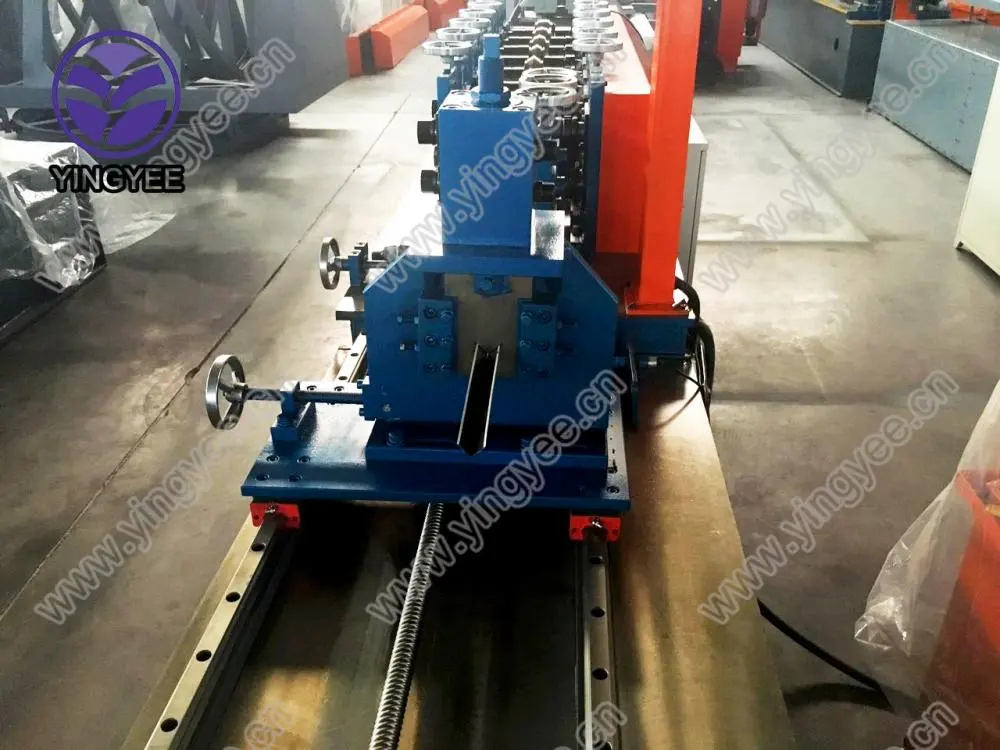
The Advancements in Automatic T Ceiling Production Lines
In recent years, the manufacturing sector has undergone a significant transformation with the adoption of automation technologies. Among various advancements, the automatic T ceiling production line stands out as a game-changer in the building materials industry, improving efficiency, consistency, and overall productivity. This article explores the features, benefits, and future potential of automatic T ceiling production lines.
Understanding T Ceilings
T ceilings, also known as suspended ceilings or drop ceilings, consist of a framework of metal grids that hold ceiling tiles in place. They serve various functional purposes, including concealing wiring, plumbing, and HVAC systems while enhancing the aesthetic appeal of commercial and residential spaces. The demand for T ceilings has surged due to their versatility, ease of installation, and cost-effectiveness, making it imperative for manufacturers to streamline production processes.
Features of Automatic T Ceiling Production Lines
Automatic T ceiling production lines integrate cutting-edge technologies to automate various stages of production. These lines typically include advanced machinery for metal framing, tile cutting, and surface treatment processes. Key features often found in these production lines include
1. Robotic Automation Robotics play a crucial role in enhancing precision and reducing human error. Automated arms can be programmed to handle various tasks, from assembling frames to packaging finished products.
2. AI-Powered Quality Control Machine learning algorithms can analyze products in real-time, ensuring that only high-quality ceiling tiles and frames pass through the production line. This reduces waste and enhances the overall quality of the final product.
3. Flexible Manufacturing Systems Modern production lines allow for quick adjustments to accommodate various designs and sizes of T ceilings. This flexibility makes it easier for manufacturers to respond to market trends and customize products for unique projects.
4. Energy Efficiency Many production lines now incorporate energy-saving technologies, helping manufacturers reduce their carbon footprint and operating costs.

Benefits of Automation
The shift toward automatic T ceiling production lines has yielded substantial benefits for manufacturers
- Increased Productivity Automation considerably speeds up the production process, enabling manufacturers to meet rising demand without a corresponding increase in labor costs.
- Consistency and Quality Automated systems ensure uniform quality across all products, which is essential in maintaining brand reputation and meeting customer expectations.
- Reduced Labor Costs With machines performing much of the repetitive work, companies can optimize their workforce by reallocating human resources to more skilled tasks.
- Scalability Automated production lines can be scaled up or down quickly to meet changing market needs, allowing manufacturers to adapt without significant investments in infrastructure.
Future Potential
The future of automatic T ceiling production lines appears promising as technology continues to evolve. With the advent of IoT (Internet of Things) and Industry 4.0, further integration of smart technologies will enhance production capabilities, allowing for even greater efficiencies and innovations in T ceiling designs.
In conclusion, automatic T ceiling production lines signify a transformative leap in manufacturing, offering a plethora of benefits that extend beyond mere productivity. As the industry embraces automation, manufacturers are poised to not only meet the growing demands of construction and design but also to innovate continuously, driving the market forward. The combined elements of technology, efficiency, and quality make these production lines an essential asset in today's competitive landscape.